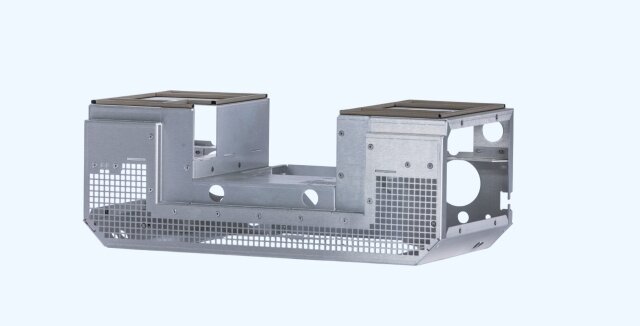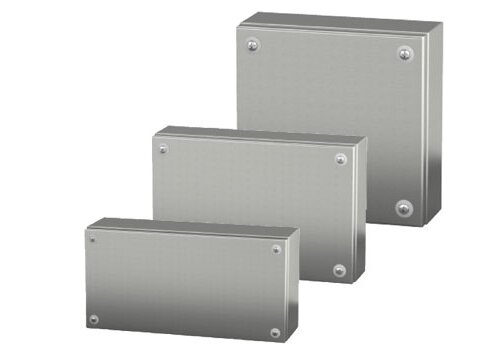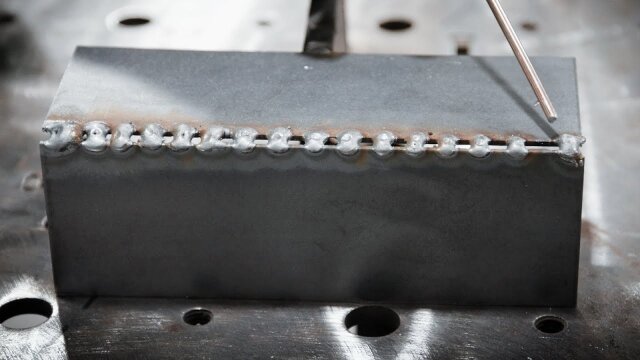Everyday products fill our lives, but many people do not know where they come from. Businesses face a real problem when choosing how to manufacture. OEM and ODM are two different models that drive most of today’s products. Knowing the difference helps companies make better decisions and avoid mistakes that harm their business.
OEM stands for Original Equipment Manufacturer, and ODM means Original Design Manufacturer. OEM focuses on producing items based on a buyer’s design. ODM, on the other hand, develops products from its designs and sells them under another company’s brand. Both approaches help businesses bring ideas to market, but differ in control, cost, and flexibility.
This choice impacts your business. It affects your budget, control, and time to market. We will break down each model in detail.
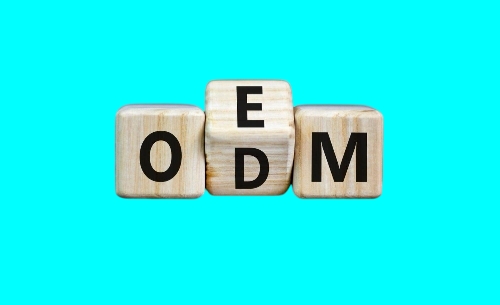
What is OEM (Original Equipment Manufacturing)?
An OEM manufacturer produces goods following a buyer’s design, drawings, or specifications. The buyer defines every detail, from dimensions to materials. The OEM then uses its machines, workforce, and supply chain to produce the product. The finished item usually carries the buyer’s brand, not the OEM’s.
OEM production has several defining traits. The buyer has complete control of design and intellectual property. The OEM focuses on accurate execution, strict quality checks, and consistent output. This relationship depends on strong communication between the buyer and the manufacturer. The process often involves prototype testing, adjustments, and batch production.
Advantages of Choosing OEM
OEM production offers several clear benefits. Businesses can reduce their need for in-house factories and labor, lowering costs and risks. They control product design and brand identity completely, which helps protect innovation. OEM partners also bring technical expertise and equipment that smaller businesses might not be able to afford independently.
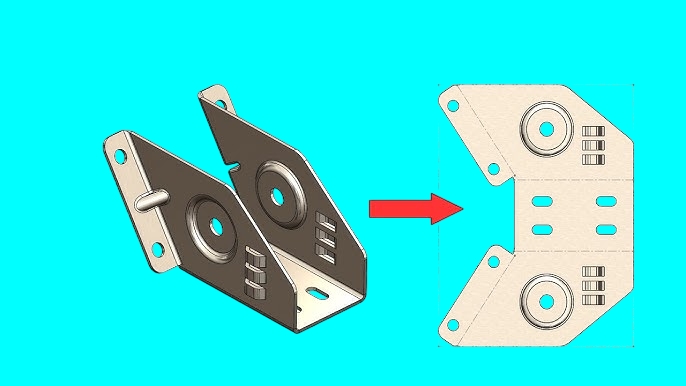
What is ODM (Original Design Manufacturing)?
An ODM is a manufacturer that designs and produces goods sold under another company’s brand. The buyer does not provide full design files or specifications. Instead, they select from the ODM’s existing designs or request minor modifications. The product is delivered with the buyer’s branding, giving them a market-ready solution without needing to manage engineering or technical details.
ODM production is marked by the manufacturer’s control over design and development. The buyer focuses on branding, marketing, and distribution while the ODM manages product features, materials, and production methods. ODM services often include research, prototyping, and testing. Buyers benefit from faster product launches but have less control over intellectual property since the design originates from the ODM.
Advantages of Choosing ODM
ODM production delivers clear advantages for businesses with limited design capabilities or resources. It speeds up product development since the ODM provides ready solutions. It reduces upfront investment in design teams, testing equipment, and engineering expertise. ODM partners bring proven designs and manufacturing processes, lowering the risks of defects or delays.
The Fundamental Distinction: Idea vs. Execution
OEM and ODM may look similar initially, but their real difference lies in ownership and control. One focuses on executing a buyer’s vision, while the other provides ready-made solutions.
Who Holds the Intellectual Property (IP)?
Intellectual property ownership is a core factor separating OEMs from ODMs. Businesses must know where IP rights lie before they choose a model.
IP Ownership in OEM Agreements
In OEM, the buyer owns the intellectual property. The buyer creates the design, specifications, and unique features. The OEM only builds the product as instructed. This means the buyer controls patents, drawings, and proprietary technologies. The OEM cannot sell the same design to another company without permission.
IP Ownership and “White-Label” ODM Products
In ODM, the manufacturer usually owns the design. Buyers often use “white-label” products, simply placing their brand name on an existing design. In such cases, the ODM can sell similar products to multiple companies. If customizations are added, ownership terms depend on the agreement, but full IP rights rarely transfer to the buyer.
The Spectrum of Control and Customization
OEM and ODM also differ in how much control the buyer has over the final product.
Tailoring Every Detail with OEM
OEM production gives the buyer complete control. They choose dimensions, materials, finishes, and functions. Every aspect of the product can be customized to meet a specific goal. This level of control is valuable for businesses that want unique products or must meet strict technical requirements.
Selecting from a Portfolio with ODM
ODM production limits customization. Buyers usually choose from a portfolio of existing designs and can request changes to colors, branding, or minor features. This approach speeds up production, lowers development costs, and reduces uniqueness. Products may look similar to others in the market since multiple companies can use the same base design.

A Comparative Analysis: OEM vs. ODM
OEM and ODM give businesses two very different paths to production. Each model impacts design, cost, timing, and how a brand stands out.
Control Over Design and Specifications
OEM provides complete control over every technical detail. Buyers decide the design, materials, and quality standards. ODM, on the other hand, limits this control. Buyers select from designs the manufacturer already owns, with only minor modifications possible.
Development Timeline and Speed to Market
OEM projects take longer because they start with custom designs and testing, which includes prototypes, revisions, and quality checks. ODM moves faster since designs already exist. Buyers can brand and launch products with minimal delays.
Research & Development (R&D) Investment and Cost Structure
OEM requires significant investment in research, engineering, and testing. This gives unique results but increases upfront costs. ODM reduces these expenses by using pre-developed designs. Buyers spend less on R&D but give up originality.
Minimum Order Quantities (MOQs) and Scalability
OEM often involves higher MOQs because of the setup and tooling costs. Scaling is efficient once production is established, but entry requires commitment. ODM usually offers lower MOQs since products are ready to produce. This flexibility helps smaller businesses test markets before scaling up.
Brand Identity and Market Differentiation
OEM supports a strong brand identity. Businesses can create unique products that stand apart from competitors. ODM weakens differentiation since multiple brands may sell similar products. Buyers can still compete with branding and marketing, but product uniqueness is limited.
OEM vs ODM: Which Model is Right for You?
Choosing between OEM and ODM depends on your resources, goals, and market strategy. Each model fits different business needs, so the right decision starts with a clear self-assessment.
Evaluating Your Internal R&D Capabilities
If your team has strong design and engineering skills, OEM gives you complete control to create unique products. Without in-house expertise, ODM is better since the manufacturer provides ready designs.
Assessing Your Budget and Financial Constraints
OEM requires higher upfront costs for design, tooling, and testing. It suits businesses with strong financial backing. ODM lowers development expenses, making it attractive for startups and smaller companies with limited budgets.
Defining Your Brand Strategy and Market Position
OEM supports brands that want unique products tied to their identity. It works well if differentiation is key to your market strategy. ODM fits companies focused on speed, price, or broad product ranges, even if the items are less unique.
Analyzing Your Timeline and Urgency for Market Entry
OEM takes more time because it involves design, prototyping, and refinement. It is better for businesses that can wait for a custom solution. ODM offers faster entry since products are already developed, making it suitable for time-sensitive launches.
Conclusion
OEM and ODM are two different paths to manufacturing success. OEM gives you complete control, unique products, and a stronger brand identity, but requires more time, budget, and internal expertise. ODM offers faster market entry, lower costs, and less R&D burden, but it limits customization and may reduce product uniqueness. The right choice depends on your resources, timeline, and long-term strategy.
Ready to explore the best model for your project? Reach out today to discuss your product needs and get expert guidance on turning your ideas into reality.
FAQs
Can an OEM also be an ODM?
Yes. Many manufacturers offer both services. They can produce items based on a client’s design (OEM) and also sell ready-made designs for branding (ODM). Businesses often choose depending on project needs.
Which is generally more expensive, OEM or ODM?
OEM is usually more expensive. It requires custom design, tooling, and longer development. ODM costs less upfront since the designs exist, but customization options are limited.
Is product quality better with OEM or ODM?
Quality depends more on the manufacturer than the model. OEM projects often target higher precision and strict specifications. ODM quality can also be strong if the supplier has proven designs and reliable processes.
How do I protect my idea when working with an ODM?
You can use contracts, non-disclosure agreements (NDAs), and clear ownership terms. ODMs usually own their base designs, but you can protect custom features or branding through legal contracts.
Can I start with ODM and switch to OEM later?
Yes. Many companies begin with ODM to test markets with lower risk. Once they have demand and funding, they move to OEM to create unique products and strengthen brand identity.
Hey, I'm Kevin Lee

For the past 10 years, I’ve been immersed in various forms of sheet metal fabrication, sharing cool insights here from my experiences across diverse workshops.
Get in touch

Kevin Lee
I have over ten years of professional experience in sheet metal fabrication, specializing in laser cutting, bending, welding, and surface treatment techniques. As the Technical Director at Shengen, I am committed to solving complex manufacturing challenges and driving innovation and quality in each project.


